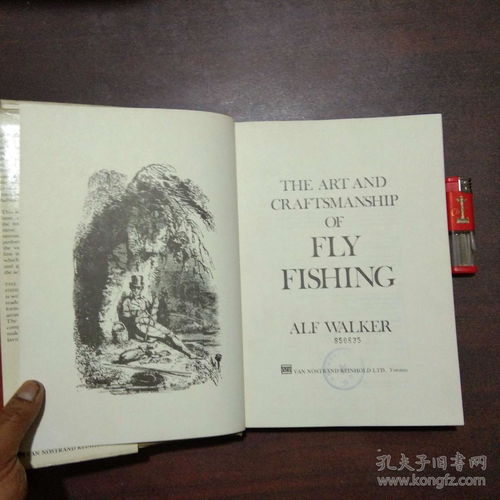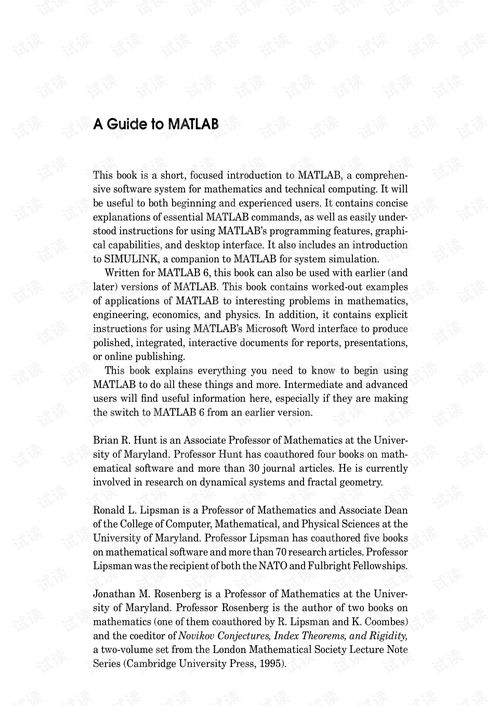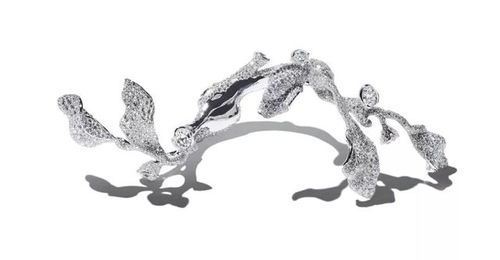Content:
Fishing is an ancient pastime that has been cherished by people for centuries. Whether you are a beginner or an experienced angler, the thrill of catching fish in a wild pond can be exhilarating. In this article, we will explore the various techniques and tips for fishing in a wild pond, complete with a step-by-step guide and diagrams to help you master the art of fishing.
Choosing the Right Equipment

The first step in enjoying a successful fishing trip is to select the appropriate equipment. Here are some essential items you should consider:
- Rod and reel: Choose a rod and reel that are suitable for the type of fish you are targeting. For example, a spinning rod and reel are ideal for smaller fish, while a baitcasting rod and reel is better for larger species.
- Lures and baits: Stock up on a variety of lures and baits to attract different types of fish. Live bait, artificial lures, and homemade baits can all be effective options.
- Tackle box: Keep a well-organized tackle box with hooks, line, leaders, and other essential items.
Locating the Perfect Spot
To increase your chances of catching fish, it is crucial to find the right spot in the pond. Here are some tips for locating the perfect fishing spot:
- Look for areas with abundant vegetation, as these spots are often favored by fish.
- Pay attention to water currents, as fish tend to congregate in areas with strong currents.
- Keep an eye out for signs of fish activity, such as splashes or bubbles on the water's surface.
Casting Techniques
Casting is an essential skill for fishing in a wild pond. Here's a step-by-step guide to help you improve your casting techniques:
- Hold the rod with both hands, with your thumb and index finger gripping the reel handle.
- Swing the rod back and forward, using your entire arm and body to generate power.
- As you bring the rod forward, release the line with a smooth, steady motion.
- Practice casting in different directions to become more versatile on the water.
Baiting Your Hook
Choosing the right bait can make a significant difference in your fishing success. Here are some tips for baiting your hook:
- For live bait, such as worms or minnows, hook the bait through the mouth or just behind the head.
- For artificial lures, attach them to the hook using a suitable knot, such as the Palomar knot or the Improved Clinch knot.
- Ensure that the bait is securely attached to the hook, as a loose bait can easily fall off.
Reading the Water
Understanding the behavior of fish in a wild pond is essential for successful fishing. Here are some tips for reading the water:
- Observe the fish's movement and feeding patterns, as they can provide valuable clues about their location.
- Pay attention to the weather conditions, as fish may behave differently in sunny, cloudy, or stormy weather.
- Be patient and observant, as sometimes the best spots are not immediately obvious.
Catching and Handling Fish
Once you have successfully caught a fish, it is important to handle it carefully to ensure its survival. Here are some tips for catching and handling fish:
- Use a landing net to gently lift the fish from the water, minimizing stress.
- Avoid touching the fish's gills or scales, as these can cause harm.
- If you plan to release the fish, make sure to do so as quickly and gently as possible.
In conclusion, fishing in a wild pond can be a rewarding and enjoyable experience with the right techniques and tips. By choosing the appropriate equipment, locating the perfect spot, mastering casting techniques, and reading the water, you can increase your chances of catching fish and enjoying a memorable day on the water. Remember to practice responsible fishing and handle fish with care to ensure their survival. Happy fishing!












